CREST the hill into the village of Iitate, and the reading on a radiation dosimeter surges eightfold—even with the car windows shut. “Don’t worry, I’ve been coming here for months and I’m still alive,” chuckles Chohei Sato, chief of the village council, as he rolls down the window and inhales cheerfully. He pulls off the road, gets out of the car and buries the dosimeter in the grass. The reading doubles again.




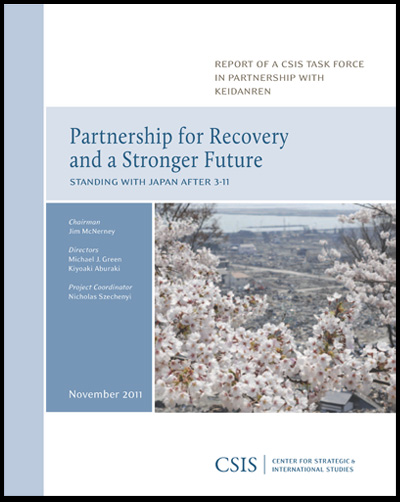




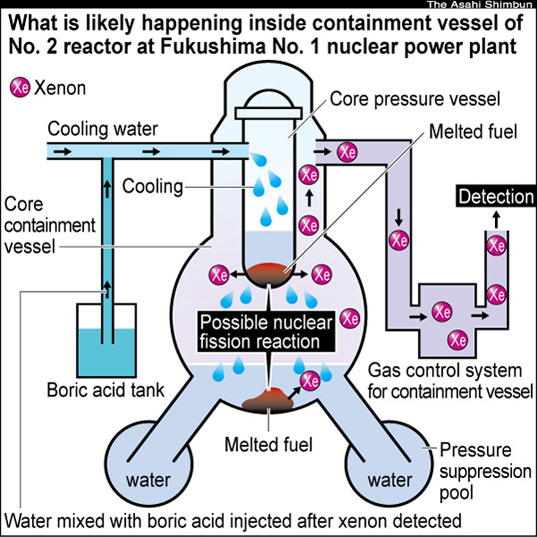
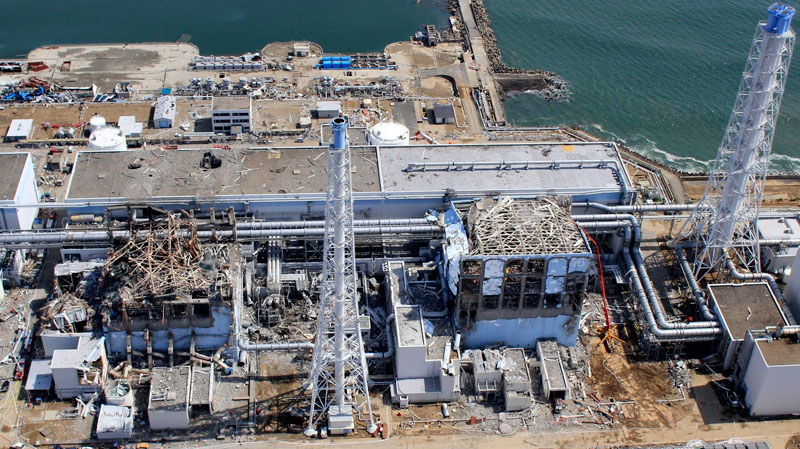
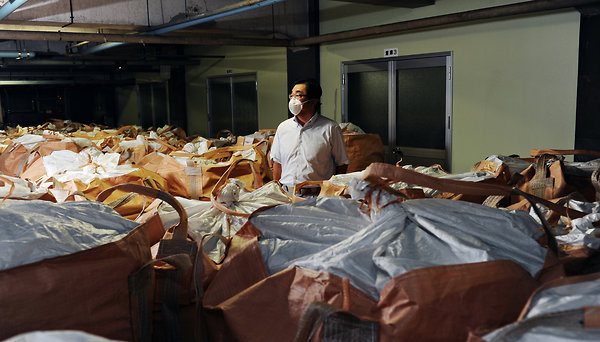

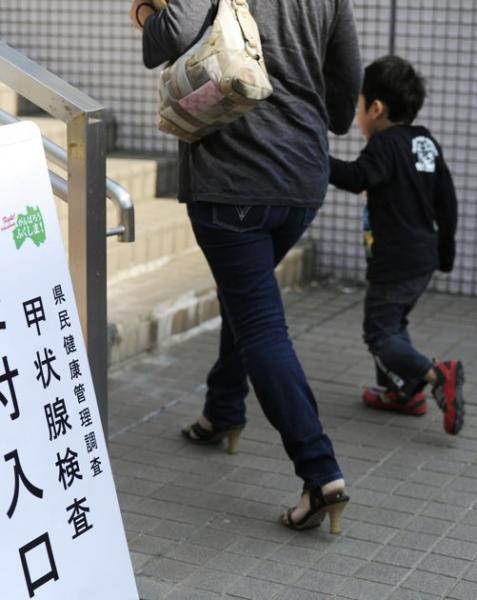 A boy is taken by his mother to Fukushima Medical University Hospital for a thyroid test in Fukushima, northern Japan, Sunday, Oct. 9, 2011. Local doctors began a long-term survey of children for thyroid abnormalities, a problem associated with radiation exposure. Officials hope to test some 360,000 people who were under the age of 18 when the nuclear crisis began in March, and then provide follow-ups throughout their lifetimes. Japanese on the board reads: a thyroid test entrance. (AP Photo/Kyodo News)
A boy is taken by his mother to Fukushima Medical University Hospital for a thyroid test in Fukushima, northern Japan, Sunday, Oct. 9, 2011. Local doctors began a long-term survey of children for thyroid abnormalities, a problem associated with radiation exposure. Officials hope to test some 360,000 people who were under the age of 18 when the nuclear crisis began in March, and then provide follow-ups throughout their lifetimes. Japanese on the board reads: a thyroid test entrance. (AP Photo/Kyodo News)
Recent Comments